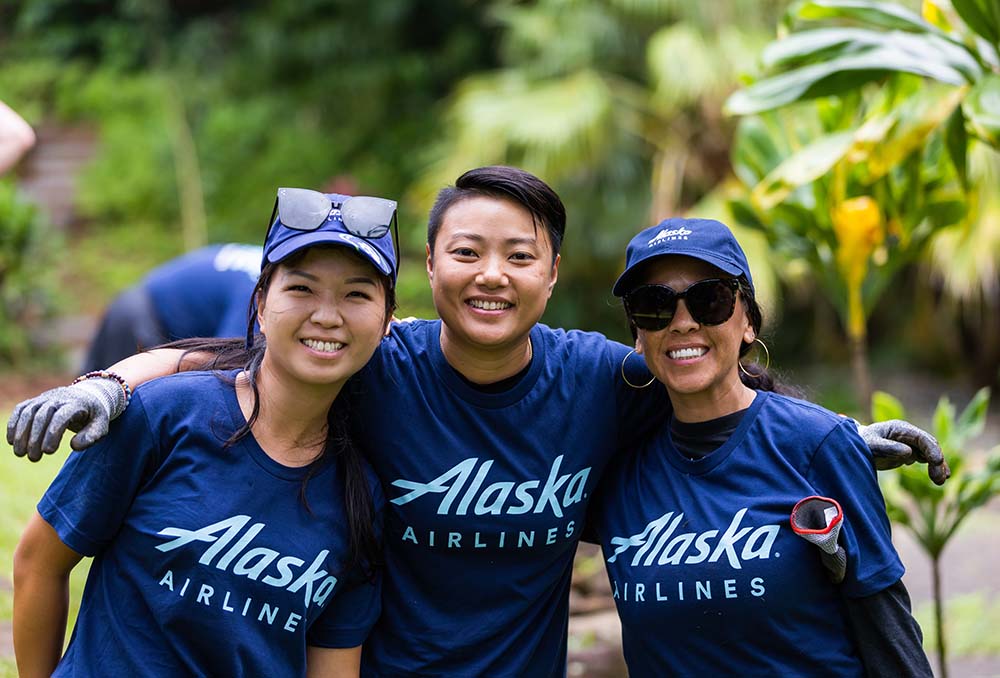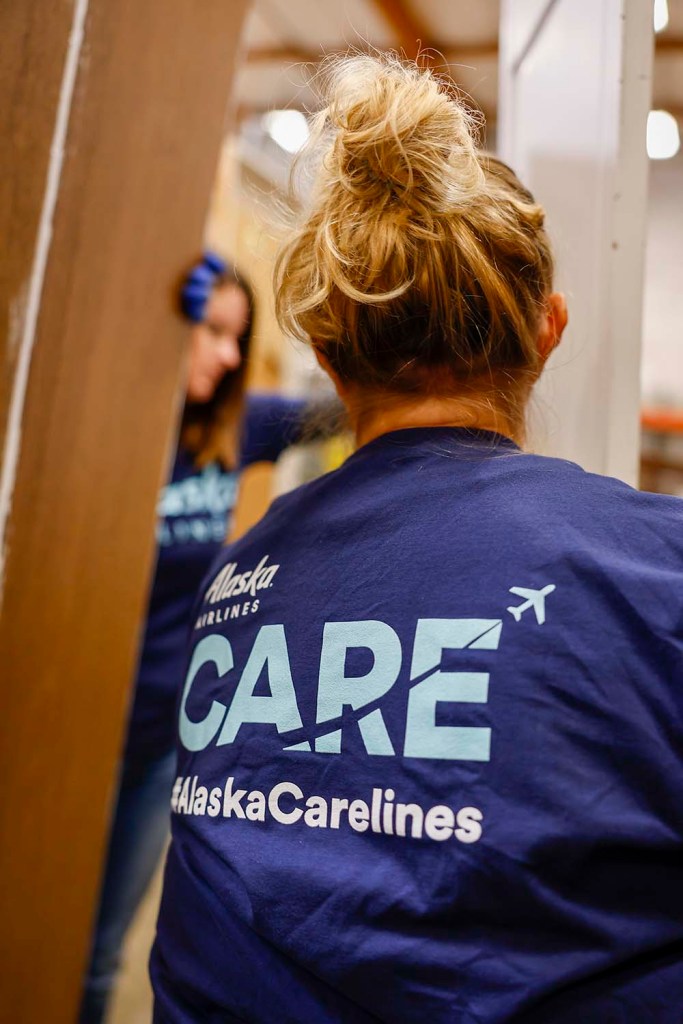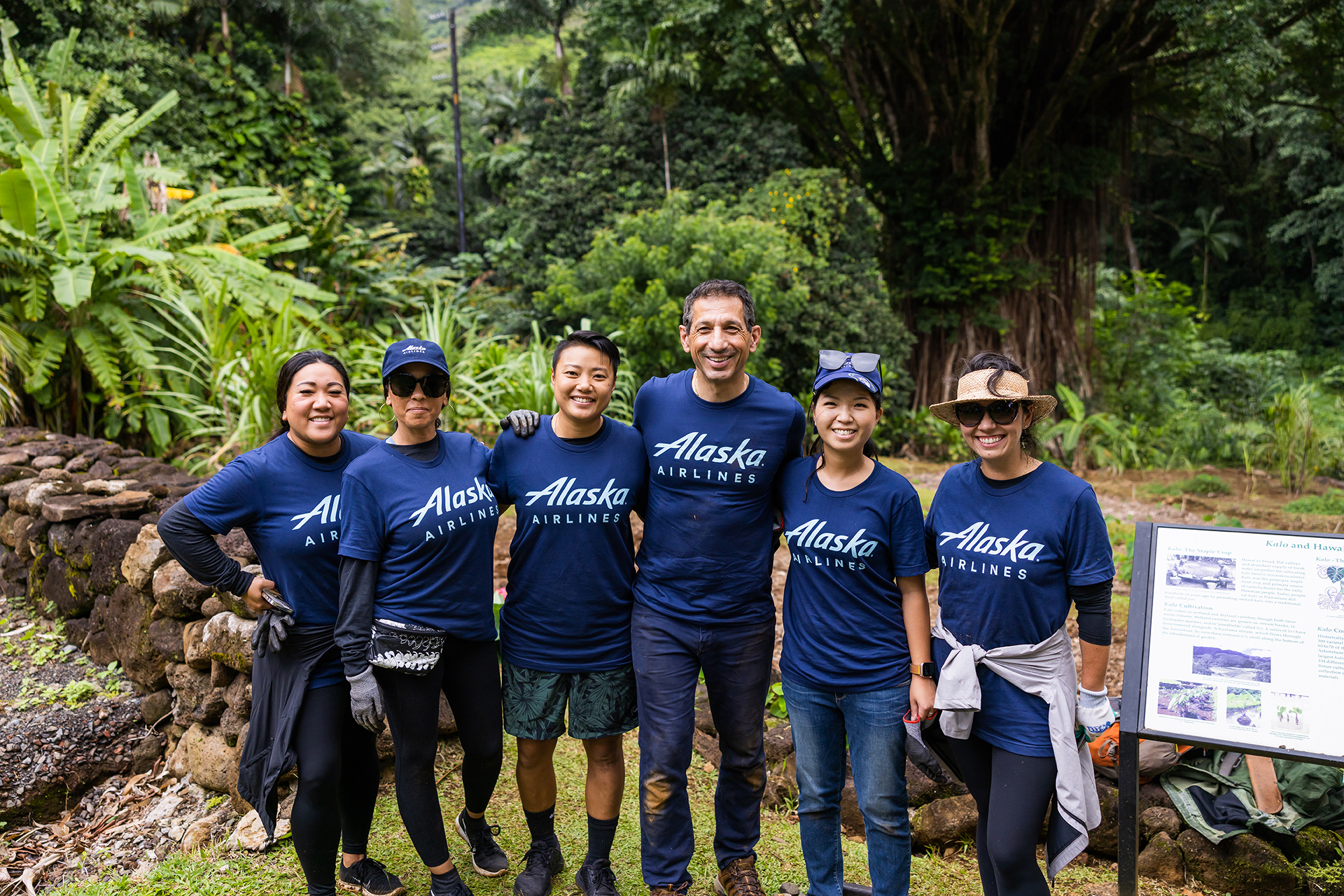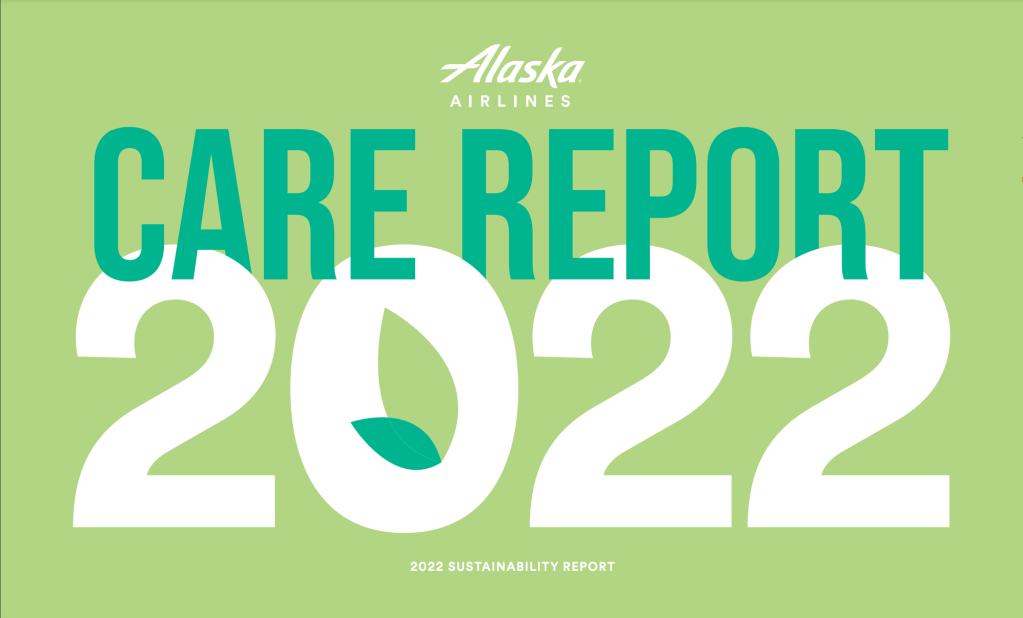Alaska Airlines’ 2022 sustainability report shares strides forward, key learnings and challenges faced
Share
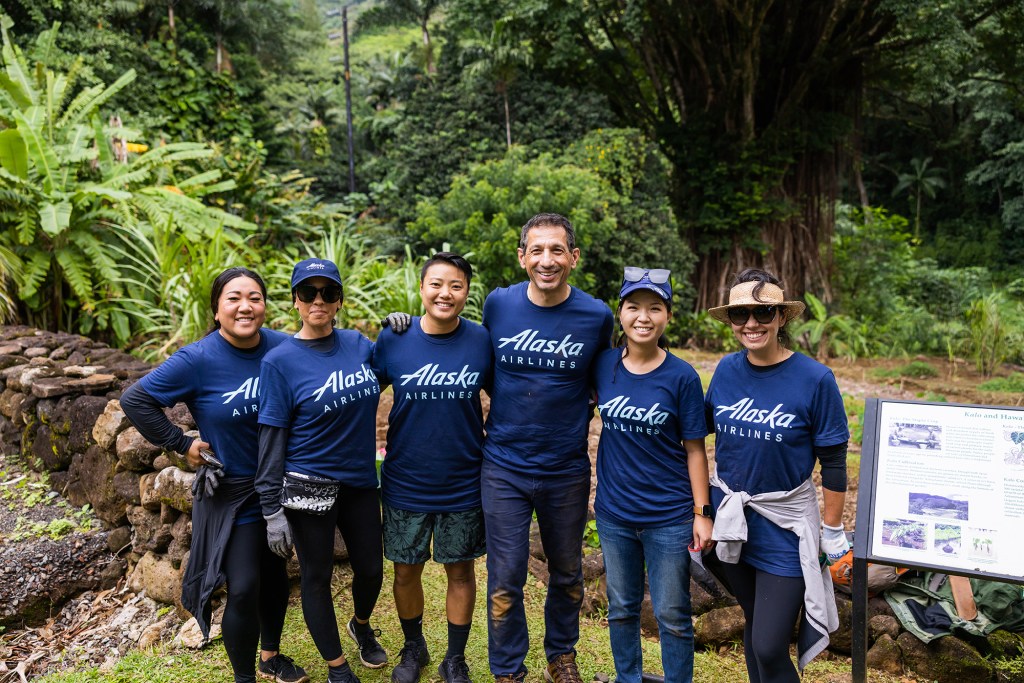
Each year, our Care Report provides an opportunity to share progress on our sustainability journey. Since 2009, we’ve shared our goals, what we’re doing to make progress and learnings along the way.
Aviation brings incredible value and opportunity to global communities—connecting us all, across the land, oceans and waterways that sustain us. And we know our ability to deliver reliable performance, remarkable service and value for many years to come depends on integrating care into everything we do—continuously working to steward our impact on our people, communities and environment.
In our 2021 Care Report, we shared ambitious goals for 2025. These include goals for workforce and talent development, culture, community engagement, carbon emissions, waste, water and more. Additionally, we outlined a five-part path to net zero emissions by 2040: operational efficiency, fleet renewal, sustainable aviation fuel (SAF), new aircraft technologies and credible carbon removals where needed depending on how fast other technologies advance
In our 2022 report, we share where we’ve made strides and lessons learned. We are also aware of where we face challenges—such as closing the significant gap to enable and scale technologies like SAF which are not currently available at the scope, scale or cost needed to reach our own or our industry’s long-term goals. We’re proud of our progress, which is driven by the teamwork of our employees, and together with strong partners.
This work takes all of us, and we are committed to the path forward, to ensure Alaska is innovating and advancing our industry, creating jobs and connecting communities for a long time to come.
A few highlights from the 2022 report include:
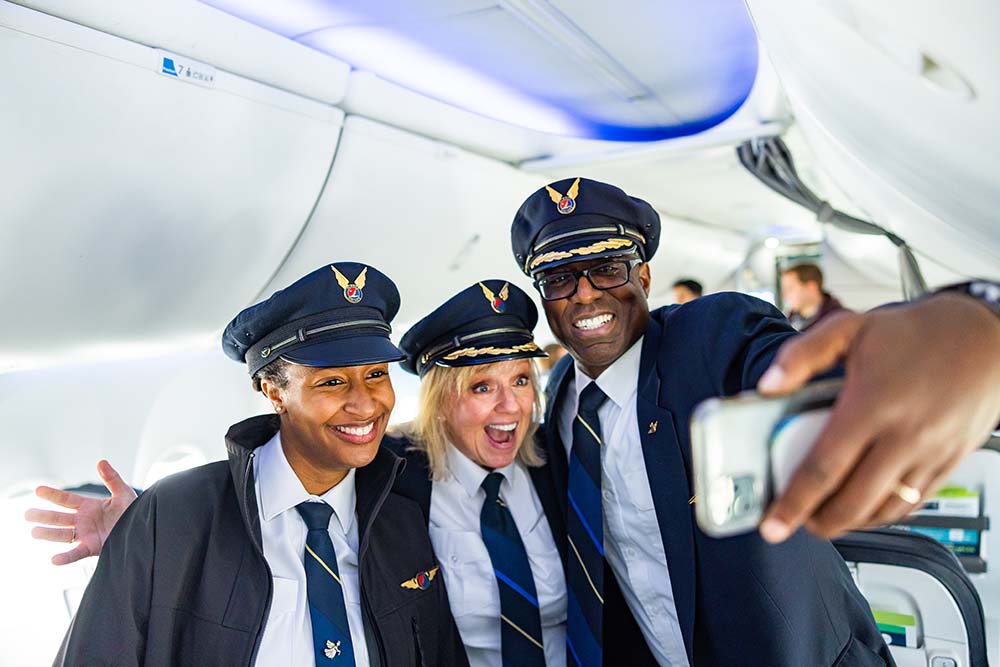

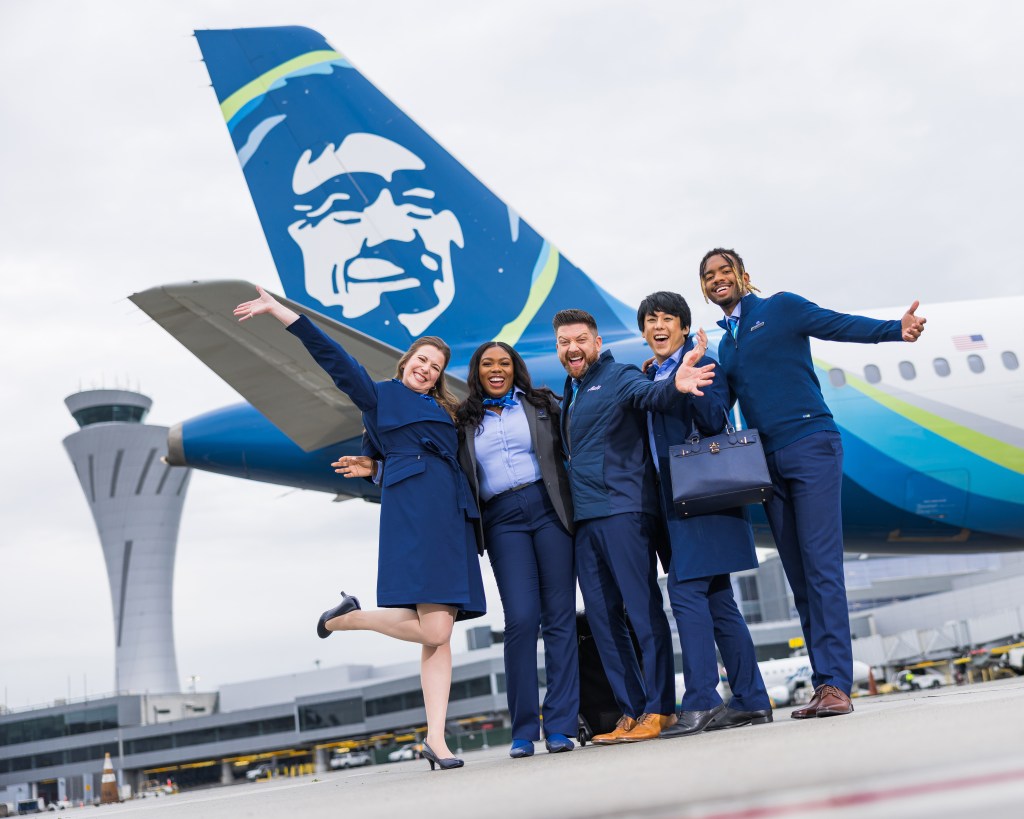
People:
Hired 8,000 new employees, launched the Ascend Pilot Academy, transformed our recruiting pipeline and established multiple programs to connect more people with aviation careers and to make progress toward our goal of diverse representation in leadership.
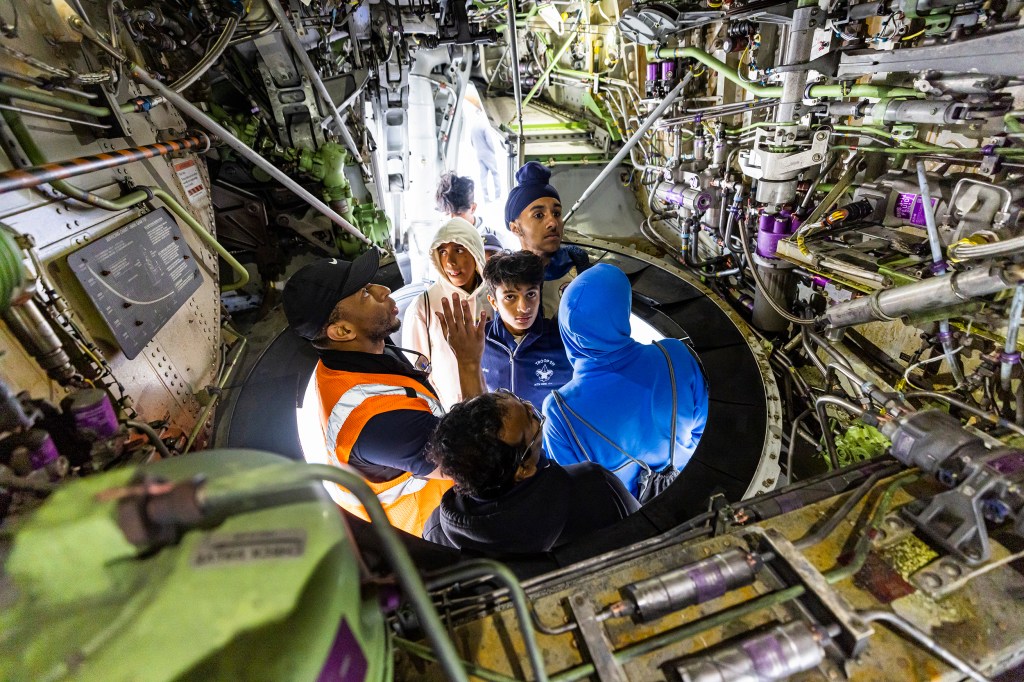
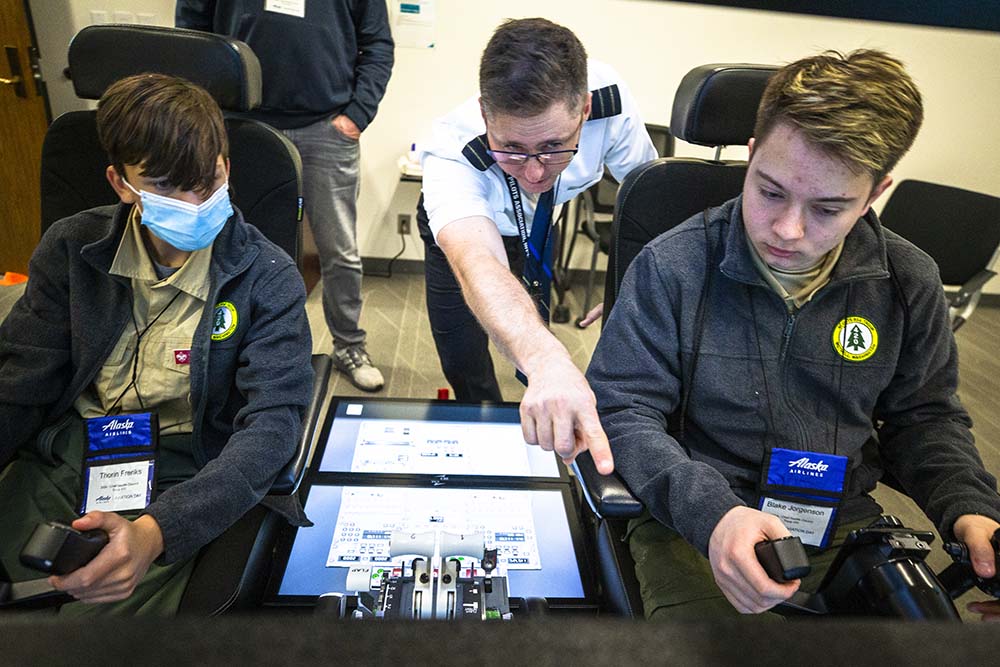

Held our first all-company Safety Day, a coordinated pause across our operations for teams to talk about what safety means to us personally, and the specific behaviors in each area that keep each other and our guests safe.
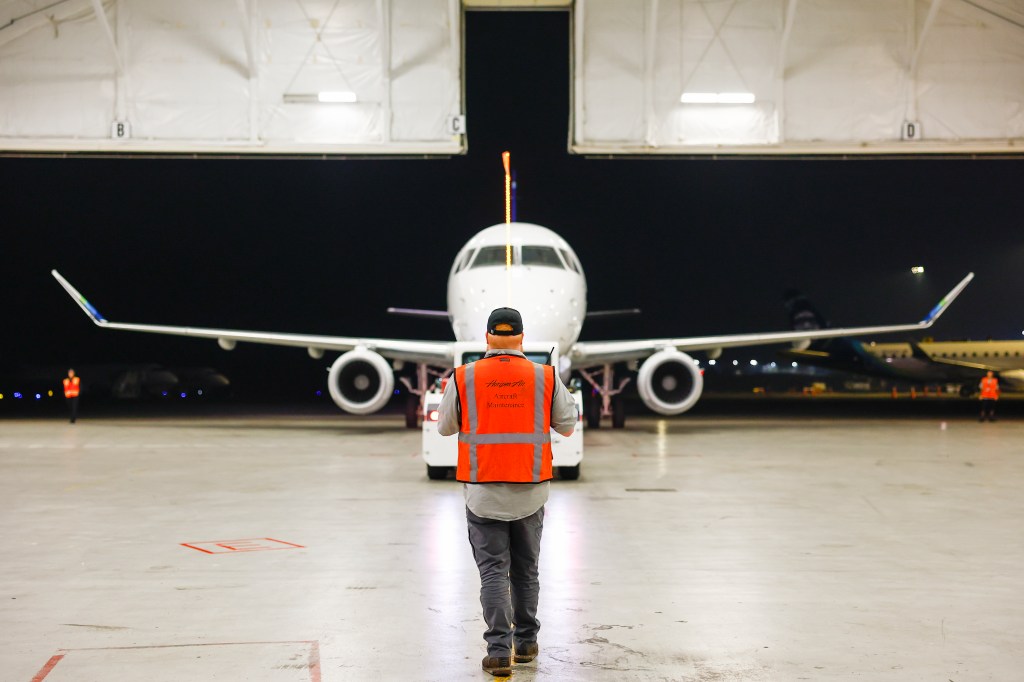
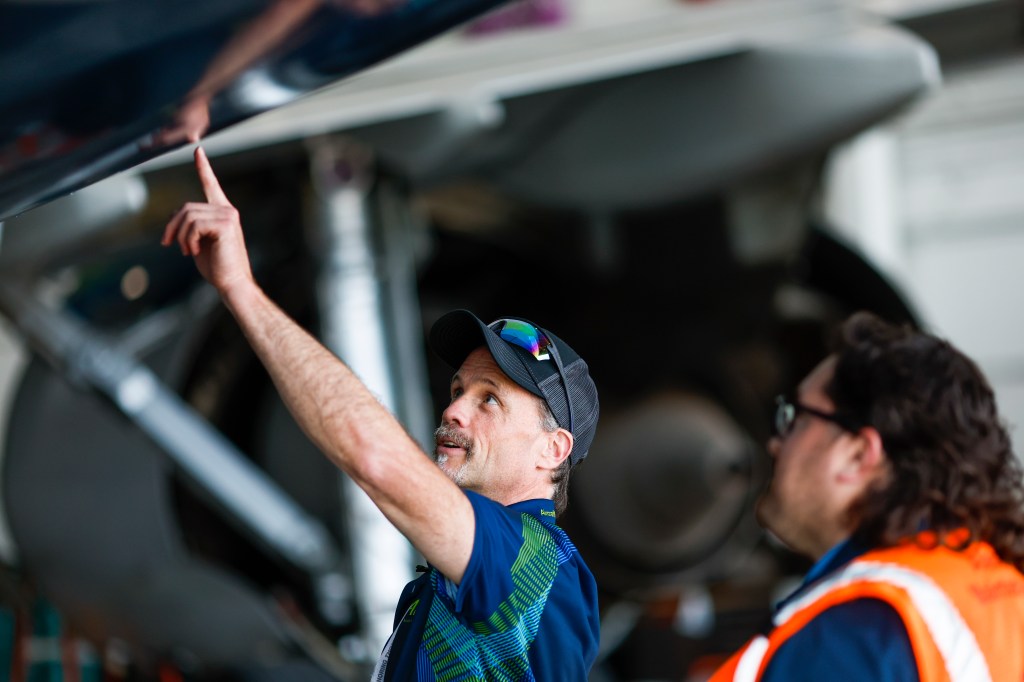
Environment:
Continued work to expand supply and use of SAF—including new purchase agreements to expand our use as more supply becomes available, advocacy for public policy to enable market development and establishing a new program for companies who fly with us for business travel to reduce their carbon footprint through SAF, helping to grow this important market for the future.

Expanded use of our AI-enabled route optimization software, Flyways, to more parts of our network, helping us save over 12,000 metric tons of CO2, which is equivalent to 1.3 million gallons of fuel. In 2021, we were the first airline worldwide to adopt this technology to make our flight operations more efficient and sustainable.


Re-started onboard recycling and was the first US airline to deliver plastic-free onboard water service with the addition recyclable paper cups.
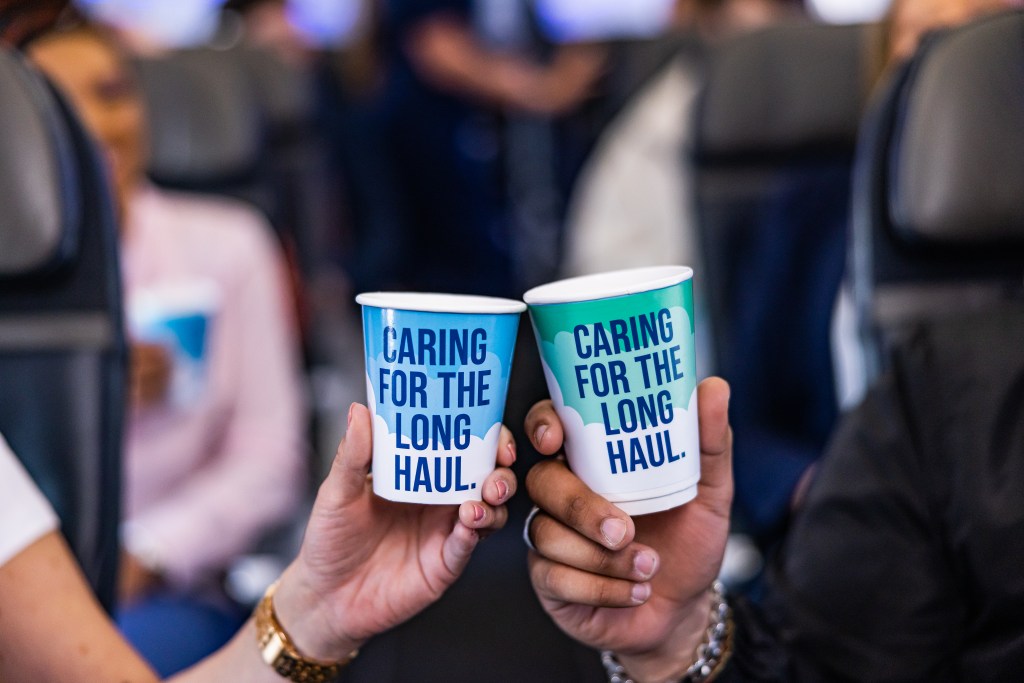
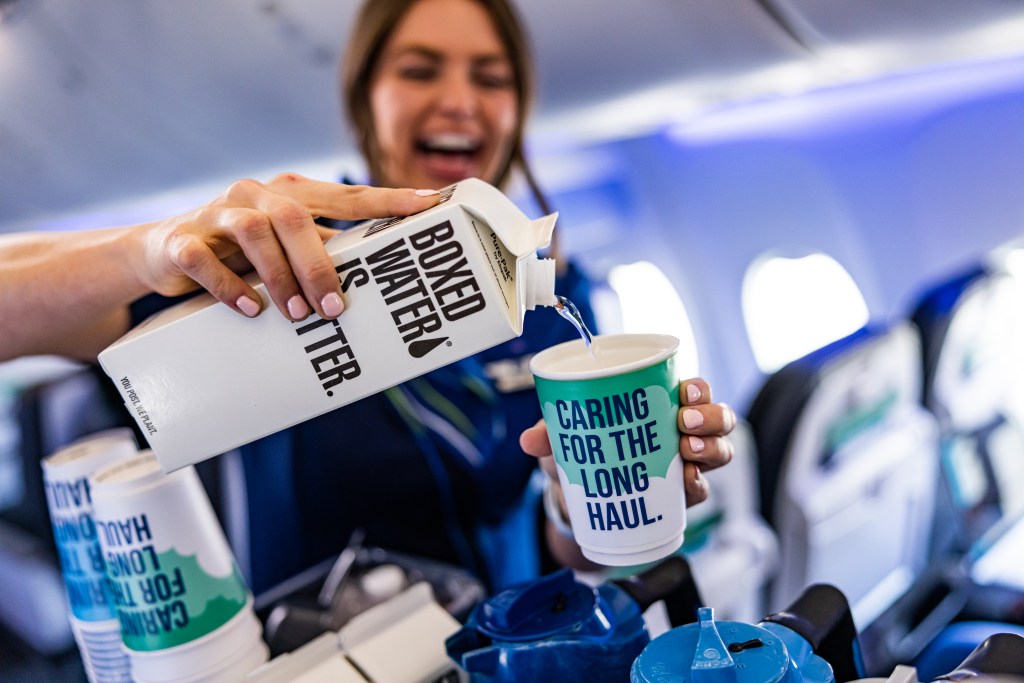

Communities:
Welcomed students back to our hangars for Seattle and Portland Aviation Day, and flew students on Our Commitment airplane for learning opportunities and college visits across the country.
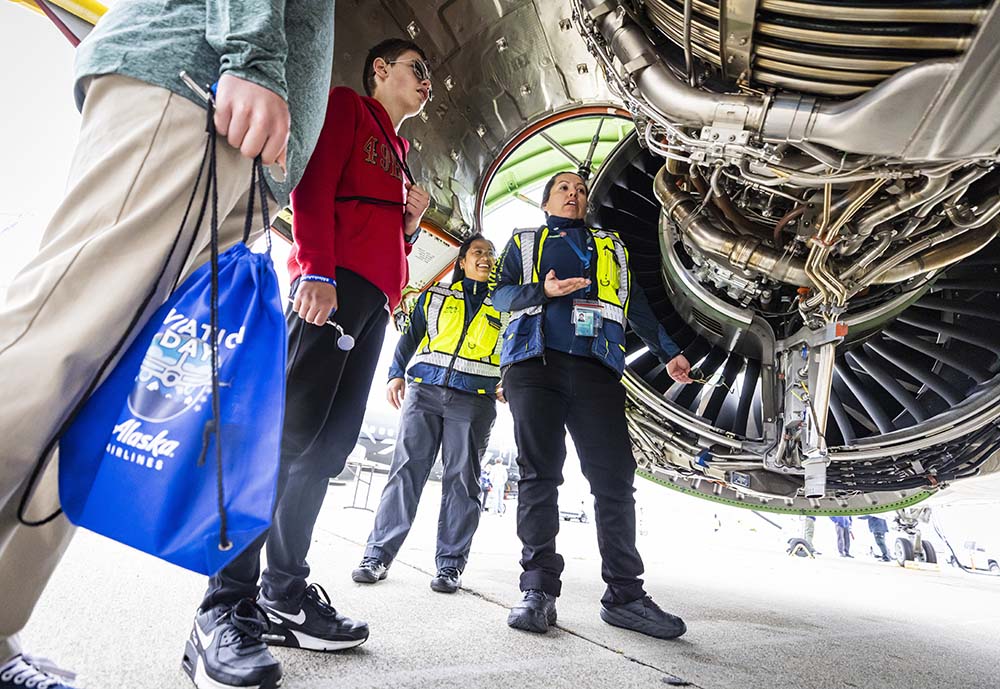
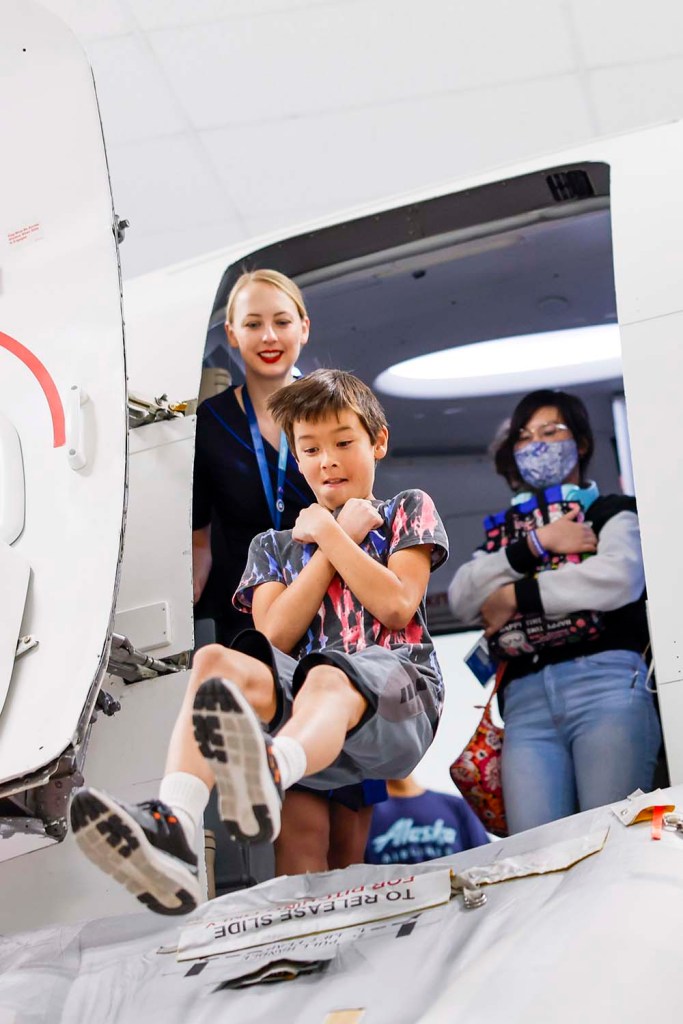
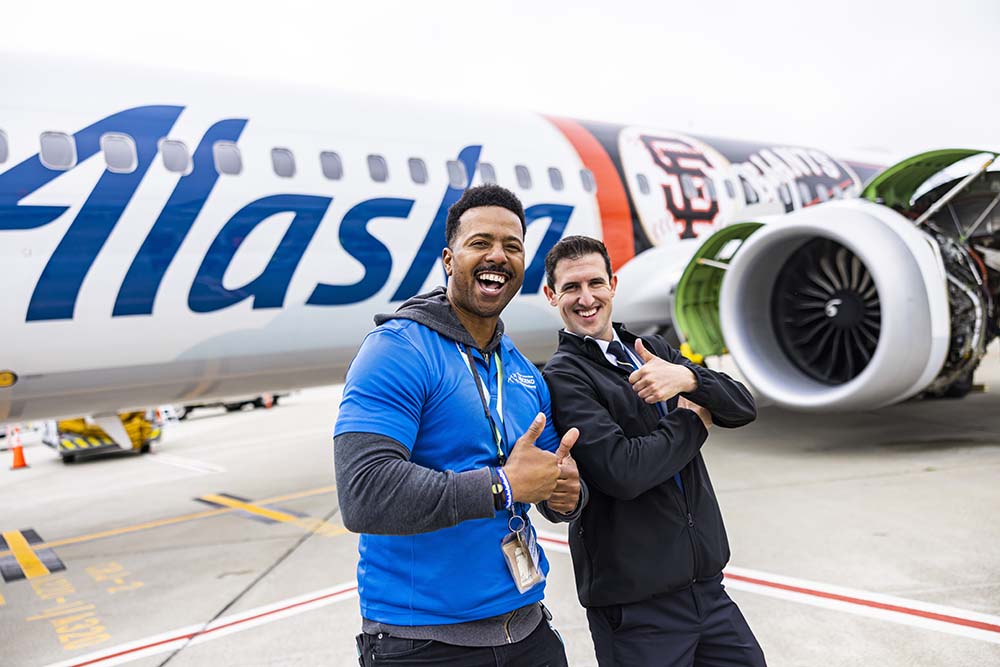
Returned to more in-person volunteering, with our employees racking up a total of nearly 30,000 hours with organizations across the country.
